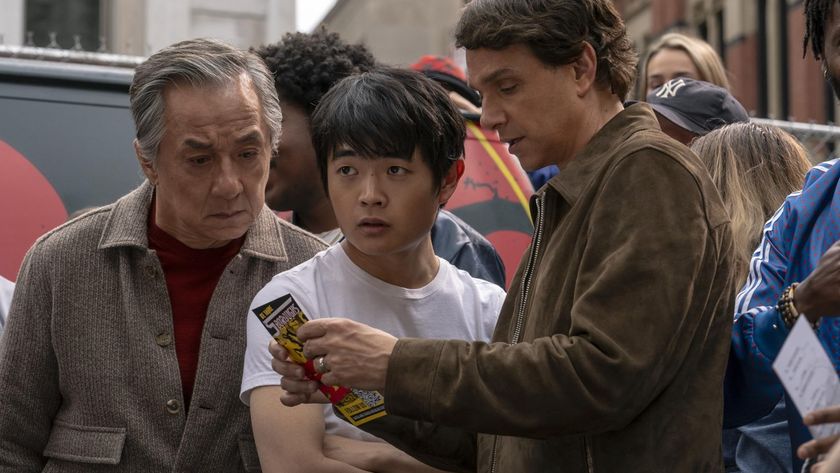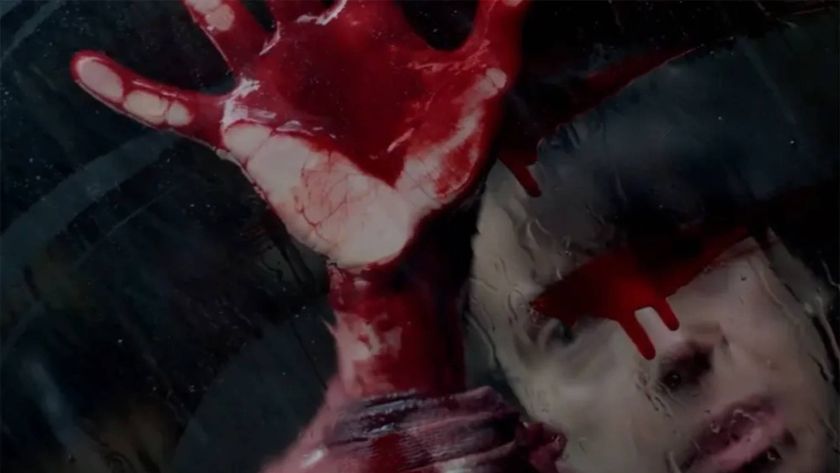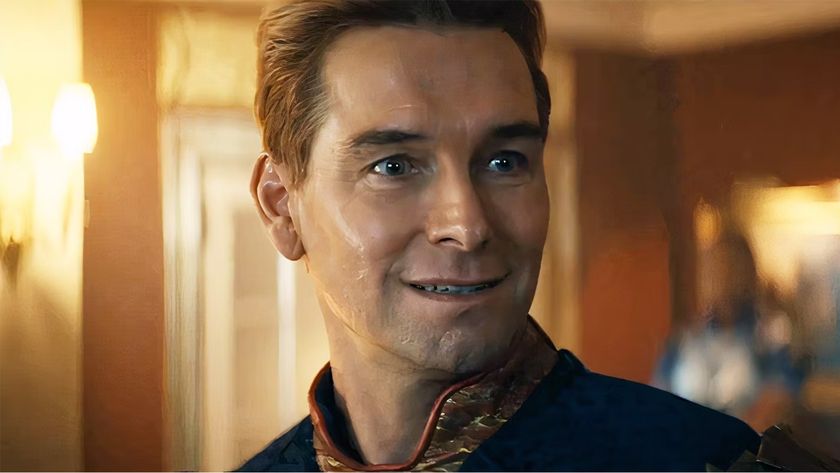The Making Of The Raven
Exclusive: Director James McTeigue on bringing Poe to the big screen
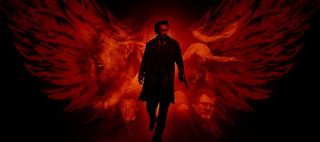
Initial impressions on Edgar Allan Poe
“[ I had an idea of Edgar Allan Poe ], mainly from when I was young, my brothers and I used to listen to this band called Radio Birdman and they had one song called ‘Descent Into The Maelstrom’. We always wondered what that was and that sort of led us to the Poe story, which led us to other Poe stories.
“The main influence though was probably the Roger Corman movies. They would show those on late night TV in Australia so I got to watch a bunch of those: The Fall Of The House Of Usher , The Raven itself - the Vincent Price, Jack Nicholson version of that - and a bunch of the other ones, including The Cask Of Amontillado .
“So that was originally how Poe came into my consciousness.”
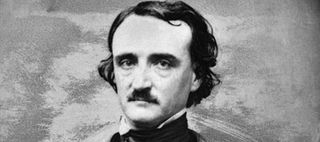
Researching the real Edgar Allan Poe
“I did a lot [ of research ] actually. One of the really good Poe books was written by an Englishman called Peter Ackroyd, it’s called Poe: A Life Cut Short . That was the kind of go-to book for the film; I gave it to all the actors. They all read that.
“I had a large compendium of Poe stories and in the back of that is a lot of his letters which are really fantastic. It shows you a great insight to the way his mind worked, like the troubled relationship he had with his adoptive father, and what he wrote to his mother. So, yeah, there was a bunch of research.”
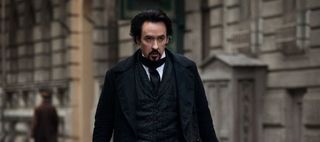
Avoiding making a traditional Edgar Allan Poe biopic
“To tell you the truth, that was what attracted me to the film itself. I mean, Poe’s life was pretty moribund, miserable really.
“It’s kind of why a biopic has never really been made of his life, because he’s basically an alcoholic, drug-addicted itinerant. [ Laughs ]. So it’s hard to make a movie of that.
“This movie had the unique construct of blending Poe’s stories and Poe’s life together in a really smart, literate way, and then Poe ultimately becomes a character in one of his own stories. It’s what the killer constructs I guess. So I thought the writing was really smart: [ screenwriters ] Ben Livingston and Hannah Shakespeare did an excellent job.”
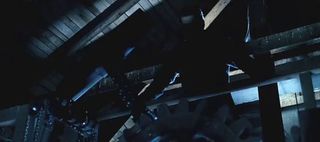
Bringing elements of Edgar Allan Poes stories into the film
“That was the fun part. A lot of it was already there fully formed from what [ writers ] Ben and Hannah did. As we got further into the process I started slipping little bits in there, insider jokes - Easter egg moments some people would call it.
“Realising those stories, whether it was 'The Pit And The Pendulum' or 'Murders In The Rue Morgue' or whether it was 'The Tell-Tale Heart', if you look for it, there’s little bits all over the place whether it’s in the dialogue or whether it’s in the set pieces.
"There are lots of Poe-isms seeped throughout the movie.”
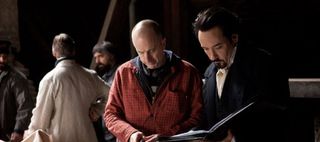
Casting John Cusack as Edgar Allan Poe
“Because Poe is such a complex character and a lot of his character, I guess, is a little repulsive - or polarising is the better word to use - I thought you needed an actor who is very empathetic and I think if you look at John’s body of work that’s the thing – you always feel connected to John, he lets you feel connected to him. But I also thought there was an underbelly in ‘Cusack World’ that would speak to Edgar Allen Poe.
“When I met him he was really into it, he really liked Poe and understood him, had good ideas about him. When we got talking about influences and literature he liked or art that he liked – a friend of his was Hunter S Thompson, but also Damien Hirst is a friend of his - so he has this very kind of dark, sectioned-off corridor that hopefully we open the door on a little bit.”
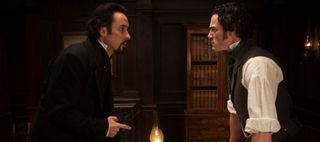
The chemistry between John Cusack and Luke Evans
“It is [ key ], ultimately. They’re so polar opposite, because Poe was all over the place and Fields is just straight down the line... 'A leads to B leads to C leads to D… If I check these receipts I’ll find something that will tell me if the killer came in on a boat.'
“I think to start with, they really dislike each other because their characters are so different. They, by default, have to work with each other, have to find a way to adapt to each other’s personality. Ultimately, they do come together to try and work out what the killer is doing.
“That relationship was pretty important. I thought Luke and John did a good job of making you feel them come to understand each other.”
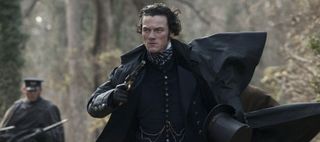
Casting British actor Luke Evans
“I have a really great casting agent, Elaine Grainger who cast the movie. I knew Luke a little bit, then he came in and read and as soon as he left the room I said, ‘OK that guy’s Fields.’
“He’s a movie star. There’s a reason he is cast in The Hobbit at the moment. There’s a reason he was in the Immortals and The Three Musketeers . He’s a bloody good actor.
“He is one of those English actors - well, he’s Welsh actually – he comes to work and loves being on set and loves to work, and he brings a lot to the table.
“Fields was older [ in the original script ], but I thought it would be juxtapositionally better [ if he was younger ], because he would wind Poe up a little bit more, Poe would think he was this young upstart that didn’t really have the runs on the board to have the position that he had.
“I thought the friction and the antagonism would work a little better and so I was happy to make him younger.”
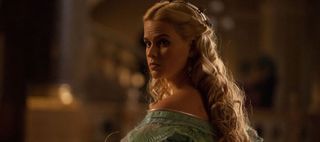
On having to bury and torture his lead actress
“Well in Alice [ Eve ]’s case it’s great. She’s great. Men In Black and Star Trek … her trajectory is on the rise. It was hard for Alice, we’re on a cold sound stage in Belgrade, just after Christmas. She was dirty and had Vaseline all over her which makes the dirt stick.
“Then she was in a three sided box which is very claustrophobic with cameras all around her and me throwing dirt at her. She had her moments but for the most parts she was a total trooper, really great. She took it on the chin.”
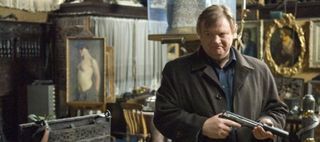
Casting Brendan Gleeson
“He was [ my first choice for the role of Colonel Hamilton ], I was lucky to get him, he’s a great actor. He has a great presence, whenever he is on screen you’re like, ‘Wow, it’s that guy.’
“He likes to talk about the role – there’s a really easy version of that character that he plays in this movie that could just be this belligerent blow-hard that you wouldn’t really care about, but Brendan really found the right measure that you can understand why he doesn’t like Poe, why he is one of the civic leaders in Baltimore, but also how he really cares about his daughter and what happens to her
“Ultimately he comes to understand that Poe really loves his daughter. So I think Brendan brought the facets to the character that I needed.”
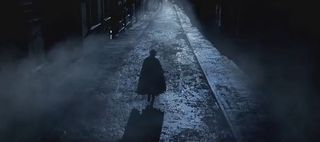
Shooting historical Baltimore in Budapest and Serbia
"I liked [ shooting in Budapest and Serbia ]… 1849 Baltimore doesn’t exist anymore, it sort of got burnt to the ground in the early 1900s, and then through all my research, looking at early daguerreotypes and etchings - a whole raft of stuff - Budapest seemed to be a good stand-in.
“And then then with the production design and some digital enhancement, I could really make it feel like Baltimore was.”
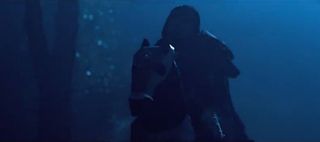
Finding The Ravens stylised look
“There’s a lot of stuff that I used. To start with, there’s a lot of etching books; the ones I really liked were the Arthur Rackham ones. Filmwise, I spoke with Roger Ford, the designer, and Danny Ruhlmann, the DP, about what was in the shadows and the dark spaces just on the edges of the frame.
“We spoke a lot about contrast and de-focusing and negative space. I showed them a lot of films; I liked a lot of stuff by Gregg Toland who shot Citizen Kane and The Long Voyage Home . Also showed Woody Allen’s Shadows And Fog , Charles Laughton’s Night Of The Hunter ...
“They’re ostensibly black-and-white movies but a really clever use of contrast. A lot of other movies – City Of Lost Children , Kubrick’s Eyes Wide Shut for the ballroom scene. Barry Lyndon for the candlelit stuff. Dark City , Moulin Rouge … this funny kind of amalgam came together to form what the movie would be.”
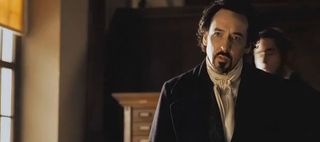
Finding inspiration from other movies
“I think any filmmaker that tells you it totally comes out of their head is lying to you. Unless you’re like some sort of true maverick filmmaker like Kubrick or Hitchcock, someone like that.
“But even those guys, if it’s not films they’re drawing from, it’s literature. There’s that adage that nothing is new - that is sort of true.
“I think it is a good shorthand to have with the people making the movie with you. If you can show them things that are close to what you’re thinking in your head then that becomes much easier and they can go ‘Oh, this is like that.’
“So I tend to use storyboards initially- I have a really great storyboard guy who really has the aesthetic that I like down. I also show everyone a reel - I’ll cut together various films into a reel, like 10 or 12 minutes and say, ‘Overall, this is the look I’m going for.”
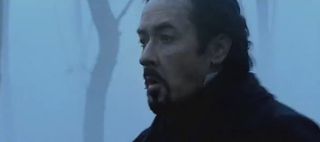
Adapting a script for the screen
“The script was pretty lean. There was stuff I added in. At the start of the movie the tenement scene (with all the horses racing towards the tenement) didn’t exist in the original script but I thought it would be important that something gave you a sense of urgency. So I added that.
“Then it was just fun designing the pit and the pendulum, the fog forest…and all that. I looked at Cold Mountain for that. That Anthony Minghella movie that has this really nice, beautiful, eerie sequence in this snowbound forest.
“But [ there was nothing in the script ] that I had to drop, luckily enough.”
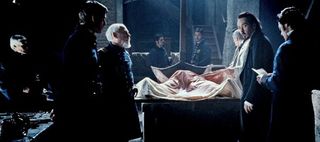
Striking a balance between genres
“In a way there’s a horror element to the Poe stories; I wanted there to be a horror element to the film.
“I didn’t want it to be an out-and-out horror movie; to me it’s a psychological thriller with bits of horror in it. So that was inherent in the script, that’s the smart writing part of it.
“Then it’s up to me, to keep the look and the aesthetic in check with that, and also make sure thematically one doesn’t outweigh the other. That’s about keeping the balance and ultimately fine tuning that in the editorial rooms.”
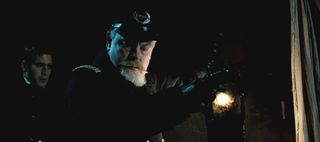
Constructing the whodunit element
“I didn’t really want people to work it out. I mean, I know I’m close to the movie but you have to have a pretty keen eye to guess who the killer is... I was just about to reveal who it was – spoiler alert!
“I think it’s more fun when you’re surprised. But also at the start of the film I wanted to make sure you suspected different people and maybe it’s Poe himself, maybe it’s Hamilton, maybe it’s the carriage driver – there’s a bunch of people in there that you could suspect to start with.”
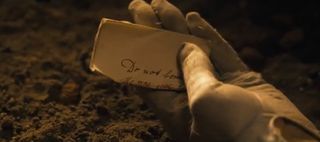
Getting a bleak script made
“It’s more difficult if you have a bad script. I think if you have a script that people respond to and they can see that it’s smart and it’s literate and visually it will be exciting then your task becomes a little easier.
“If it’s irredeemably bleak and the script is bad then you’ve really got a hard time trying to make it.”
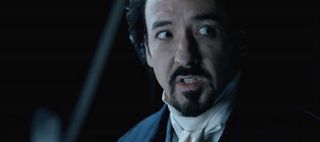
Completing a movie
“I feel good [ at this stage ]. I liked all those months with Poe, making the movie.
“I think that is ultimately the thing you look for when you are making the film: is it something you can live with for a year and a half or two years? You have to go back to the well everyday and if you don’t like going to well then it makes it really hard.
“For me, that’s why I don’t think I can make a romantic comedy… I just don’t think I could do something that goofy for that long.
“For me to get involved in film I really want to do the material, like V For Vendetta was so rich and layered that you could always go back every day and find something new, and I found that with the Poe movie.”
The Raven opens in UK cinemas on 9 March 2012.
Read our The Raven review .
John Cusack will be doing a Q&A this Thursday (8 March) at 12pm – simply follow @JohnCusack on Twitter, send him your questions and tune in at 12pm on Thursday.

I'm the Editor at Total Film magazine, overseeing the running of the mag, and generally obsessing over all things Nolan, Kubrick and Pixar. Over the past decade I've worked in various roles for TF online and in print, including at 12DOVE, and you can often hear me nattering on the Inside Total Film podcast. Bucket-list-ticking career highlights have included reporting from the set of Tenet and Avengers: Infinity War, as well as covering Comic-Con, TIFF and the Sundance Film Festival.
